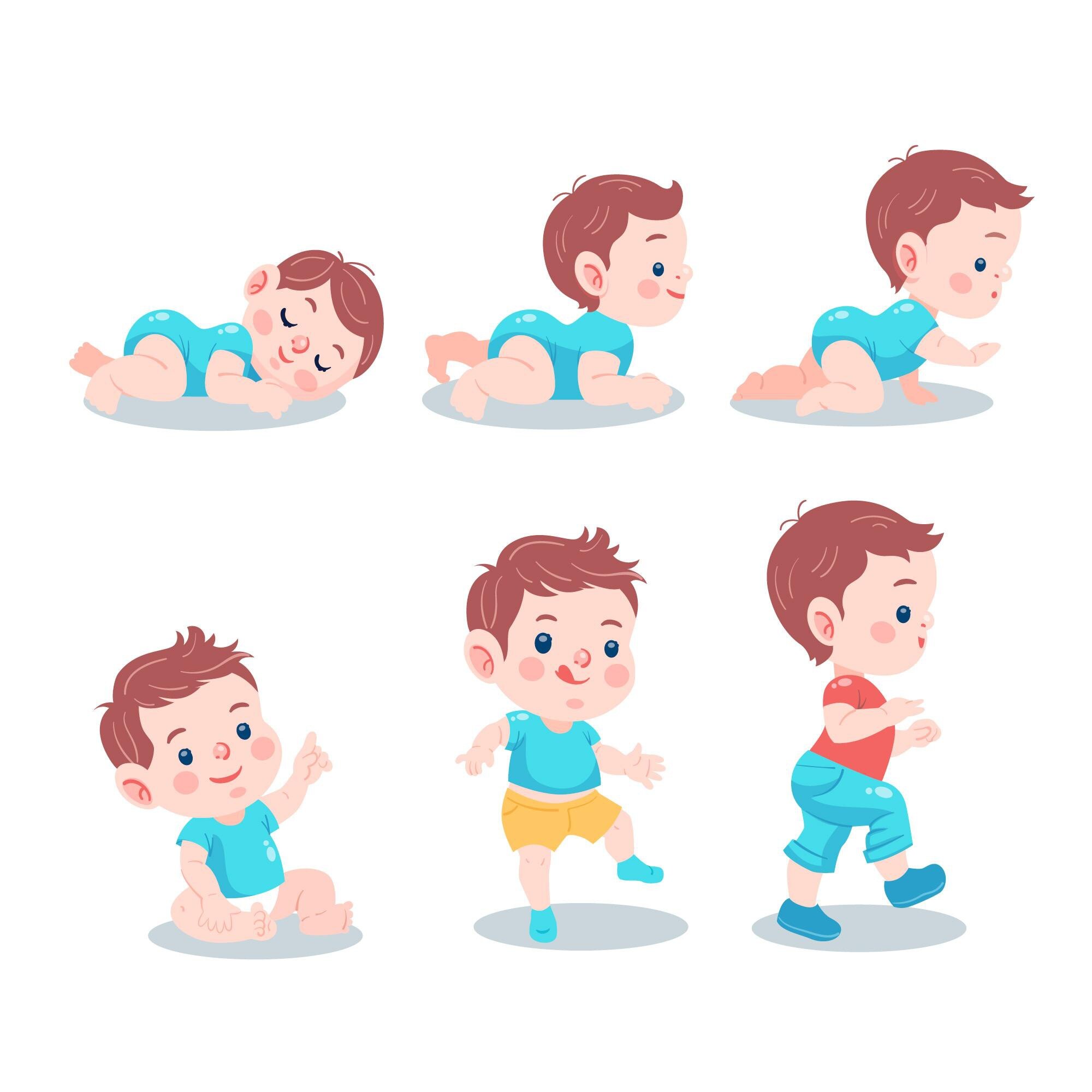
Why crawling is crucial for a toddler's physical, cognitive, and social development
Crawling is a significant milestone in a toddler's development as it serves as a foundational step in their physical, cognitive, and social growth. Here's why crawling is important:
-
Physical Development
- Strength and Coordination: Crawling helps toddlers develop muscle strength in their arms, legs, back, and neck. It also improves coordination as they learn to move their arms and legs in a synchronized pattern.
- Balance: It aids in developing balance and stability, which are essential for walking and other motor skills.
-
Cognitive Development
- Spatial Awareness: Crawling enables children to explore their environment, helping them understand spatial relationships like distance, depth, and size.
- Problem-Solving Skills: As they navigate obstacles, they learn to assess challenges and find solutions, boosting their critical thinking abilities.
-
Sensory Integration
- Crawling stimulates sensory input from touch (hands and knees on various surfaces) and vision (looking ahead and scanning the environment), which enhances brain development and coordination.
-
Cross-Lateral Movement
- Crawling involves using opposite limbs (right arm with left leg and vice versa), which strengthens the connections between the two hemispheres of the brain. This is crucial for skills like reading, writing, and later physical activities.
-
Social Interaction and Independence
- Crawling allows toddlers to move toward objects or people of interest, fostering a sense of independence. It also opens opportunities for social interaction as they become more mobile and curious about their surroundings.
Encouraging Crawling
To support this milestone, create a safe, engaging environment with soft mats, toys at reachable distances, and ample floor time. Celebrate their progress and provide encouragement to help them build confidence in their abilities.
Crawling is not just about mobility; it sets the stage for future developmental milestones like walking, running, and climbing.
